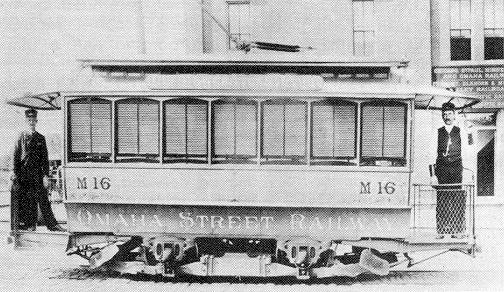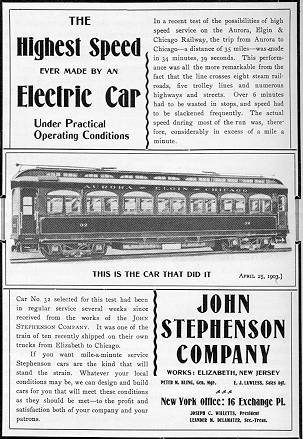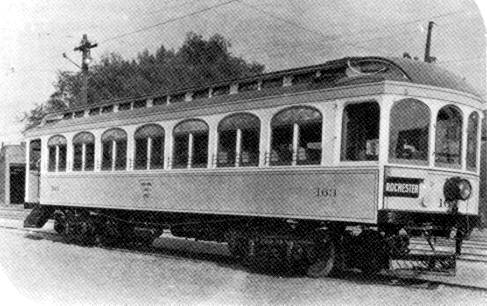John Stephenson Car Co. - Page 3
But in 1888, 79 year old John Stephenson publicly switched from the Republican party to the Democrat, complaining that the tariff on raw materials established under the Republican administration had effectively put him out of selling anything overseas other than parts. “The Europeans have begun to manufacture for themselves,” he said, “they can build cars that look like mine so much cheaper that they prefer to build their own.” He incidentally mentioned that he currently employed only 400 men but could employ as many as 500 if business were better. {282}
By 1890, the Stephenson company was in decline. Its plant was antique, its management was antiquated, and the competition was growing. John Stephenson’s death in 1893, coupled with the financial panic of that year, set off another round of financial problems for the company that resulted in the sale of its New York properties. But this was actually for the better, as the cramped city quarters had made building the newer, larger cars, a logistic nightmare. The Stephenson company operations were moved to Elizabeth, New Jersey, in 1898, amid hopes that it could reestablish its leadership as a streetcar builder. But fiscal problems followed and the company went into voluntary bankruptcy.
By the summer of 1900, the Stephenson company was in trouble again, and 12 June 1900 the 80 acres of ground and seven buildings constituting the Stephenson Car Works was sold for $226,000 to Joseph C. Willets and Adolph Wimpfheimer of New York representing the creditor banks. The Brill Car Company tried to acquire the plant, but did not bid high enough. The purchasers said the plant, which had been in the hands of Receiver Robert A. Wilcox, would be reopened immediately and that they expected to employ 1,000 men. {284} It appears that this is why Peter M. Kling—formerly with the St. Louis Car Company—was hired as Stephenson’s general manager. He expanded the shops to the point the plant could produce 600 cars and 1,000 trucks [bogies] annually. Stephenson was now building full-size interurban, elevated and subway cars in addition to large streetcars. Stephenson turned out a great many of the interurban era’s big wooden cars, including some of the fastest. On the Chicago, Aurora & Elgin (known by old-timers as the “Roarin’ Elgin”), in 1903, a Stephenson car traversed 35 miles in 34 minutes 9 seconds, including speed restrictions and stops. {21} At the Louisiana Purchase Exposition in St. Louis in 1904, Stephenson exhibited a 12-wheeled interurban car that it claimed could attain speeds as high as 120 mph. But there is no evidence it was ever put to the test, and though speed continued to be much sought after in interurban design, the design was not repeated. In 1904, Stephenson was acquired by the J.G. Brill Company of Philadelphia, although production continued under the Stephenson name. Stephenson’s 1905 catalog {32} said —
But the Stephenson plant was never equipped with machinery for the manufacture of steel cars and as they became more and more popular, production at Elizabeth slowed until finally the plant was closed in 1917. It was taken over by the Standard Aero Corporation of Plainfield for the construction of airplanes for the U.S. Government. {285}
The Stephenson plant was sold in August 1919 and the corporation liquidated. Continue to a Gallery of Stephenson Horsecars
(1809-1893) was born in County Armagh, Ireland, but his father was English and
his mother Scottish. He was brought to the United States at the tender age of
two. His parents had him trained for a mercantile position, but when he was 19,
he persuaded them to apprentice him to Andrew Wade, a carriage maker, in whose
shop he
learned drafting and other arts involved in carriage building.
{283}
|



